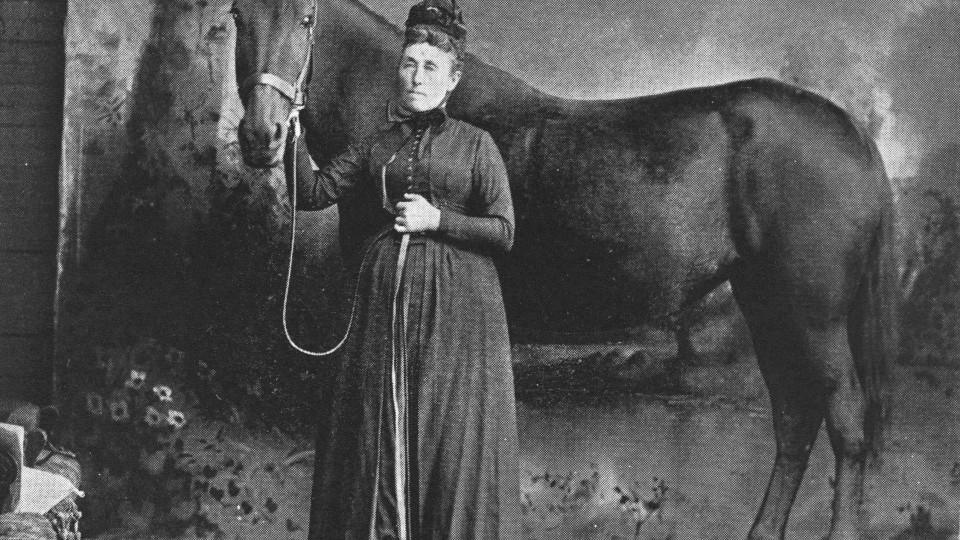· 3 min read
Great Plains Quarterly explores Pine Ridge, Oglala

The Pine Ridge Reservation in South Dakota continues to be a magnet for filmmakers, writers, artists and others. Yet its problems – poverty, alcoholism, suicide – plague numerous Native reservations throughout America. Why has Pine Ridge become an important cultural phenomenon?
Associate professor Akim Reinhardt of Towson University seeks to unravel this puzzle in his review essay “Seeing Pine Ridge.” Published in the winter 2016 issue of Great Plains Quarterly, Reinhardt’s essay examines three new films about Pine Ridge and explores how and why they approach the problem of Pine Ridge in similar ways.
Each film focuses on various public health issues on the reservation. However, the films never address the success achieved by the Oglala people, leaving viewers with a distorted image of the tribe. Pine Ridge has a thriving tribal college, radio station, hotel, casino and tribal government, but these positive aspects do not appear in the films.
“One comes away with the impression that the only thing that ever happens on the reservation is that people struggle mightily, usually fail, or are otherwise frustrated,” Reinhardt writes. “All communities have their problems. But perhaps it is time the struggling members of one community in particular stopped serving as poster children for all that is wrong in Indian Country, held up for the rest of America and the world to stare at and judge.”
Other features in the issue (Volume 36, No. 1) include:
Brice Obermeyer and John P. Bowes explore the history behind the last reservation of the Delaware Tribe of Indians and how the boundaries were shaped through social, economic and political relationships as well as the land itself in “ ‘The Lands of My Nation’: Delaware Indians in Kansas, 1829-1869.” The story illustrates the resilience of Native people in dealing with the complexity of the creation of the reservation system.
In “ ‘We Are Laying Foundations’: South Dakota’s First Ordained Women Congregational Ministers,” Lisa R. Lindell reveals how Mary Eveline Drake and Abi Louise Huntley broke through established gender barriers to become ordained women ministers in South Dakota during the late 19th century. This is an inspiring story for the 2016 Women’s History Month.
Book reviews include Ladette Randolph’s memoir, “Leaving the Pink House”; Seamus McGraw’s “Betting the Farm on a Drought: Stories from the Front Lines of Climate Change”; and David W. Mills’ “Cold War in a Cold Land: Fighting Communism on the Northern Plains.”
Great Plains Quarterly is an interdisciplinary academic journal published by the Center for Great Plains Studies at the University of Nebraska-Lincoln. The issue is available via the University of Nebraska Press as an individual copy, subscription or online via Project MUSE through participating university libraries. For more information, click here.









